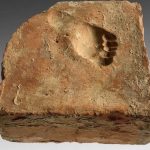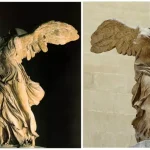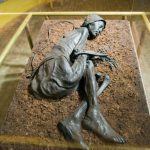Seventeenth-Century “Vampire” Burial Unearthed in Poland

A remarkable archaeological discovery in Poland has revealed the remains of a woman buried in a manner consistent with historic anti-vampire rituals. Unearthed near the village of Pien, the 17th-century skeleton was found with a curved iron sickle laid across her throat and a padlock on her toe. These details suggest a strong belief among the local population that the individual might rise from the dead—reflecting widespread Eastern European vampire folklore at the time.
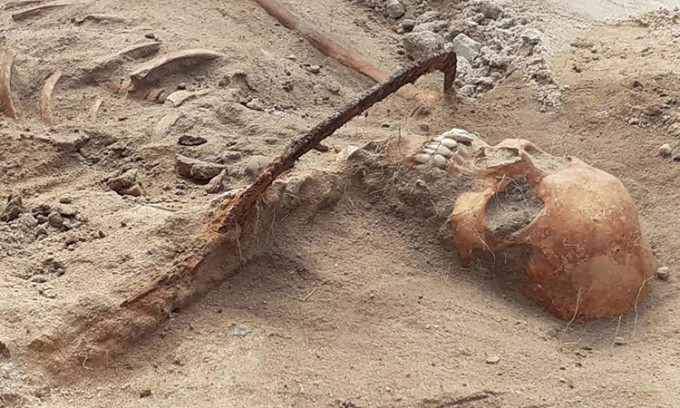
The sickle, likely intended to decapitate the corpse if it attempted to reanimate, was a common tool used in “vampire burials” as a symbolic and physical restraint. The presence of the padlock may have served to “lock” the soul within the body, further preventing the deceased from returning to the world of the living.
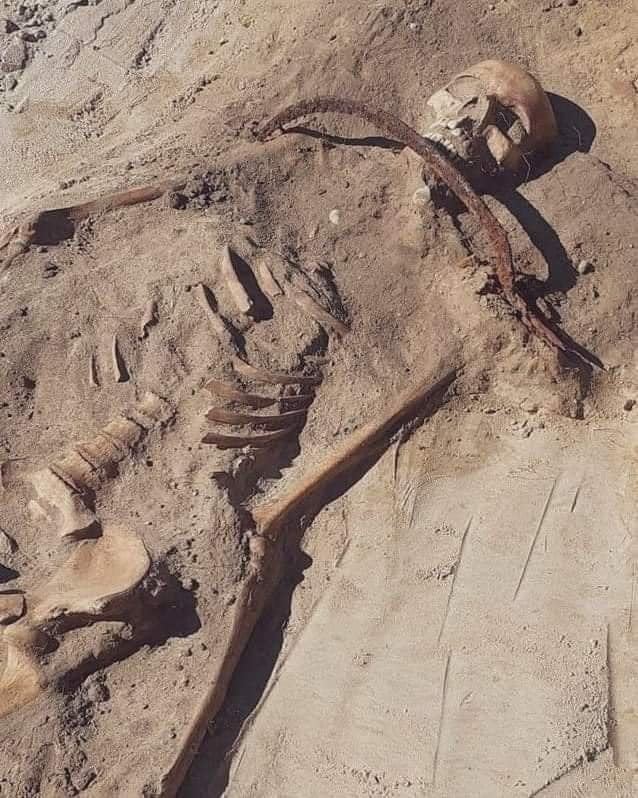
Interestingly, the woman’s front tooth protruded significantly, which may have marked her as different or suspicious in the eyes of her community—especially during times of plague, unexplained death, or hysteria, when people often turned to supernatural explanations.

This discovery offers valuable insight into early modern fears of the undead and highlights the intersection of folklore, superstition, and funerary practices in Europe’s past. Researchers believe such burials were used to maintain social control and respond to community anxieties in times of crisis.

